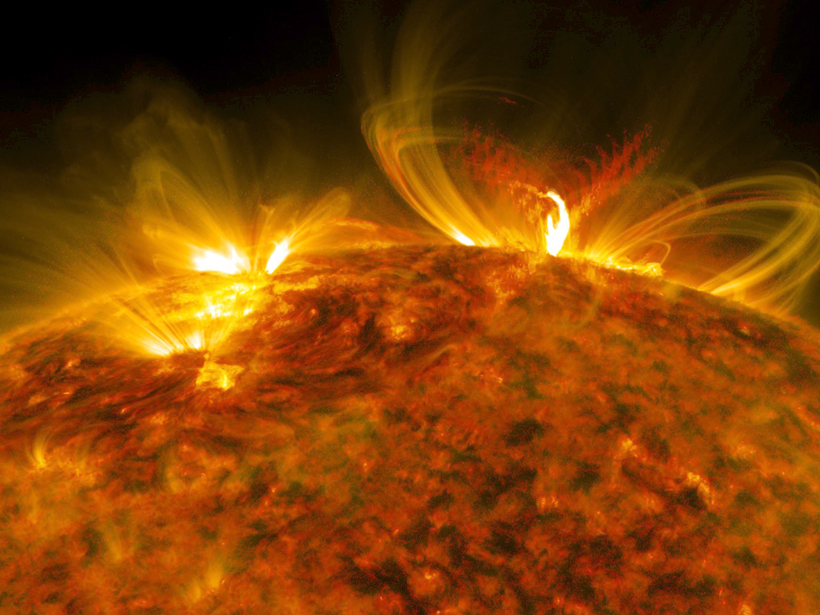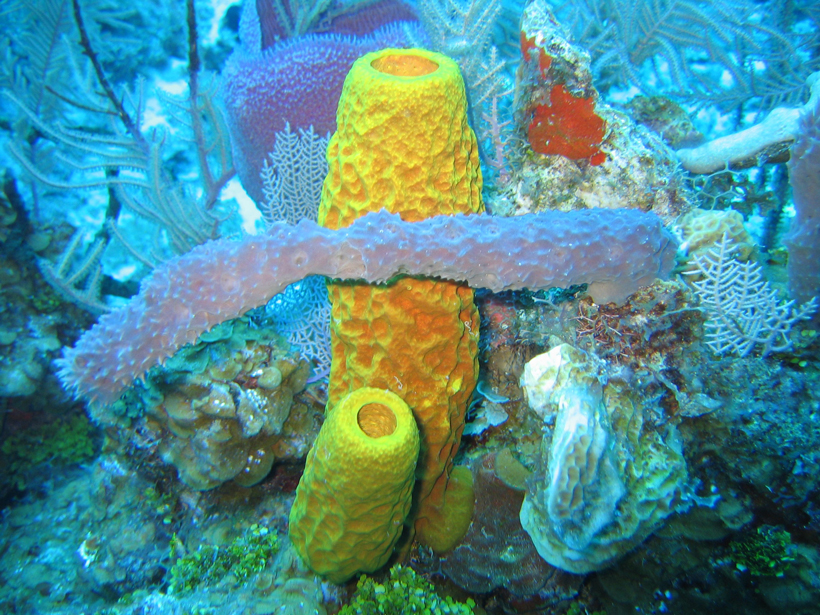Eutrophication not only is a present-day anthropogenic phenomenon in the southern Baltic but also occurred over the past few millennia, with cyanobacterial blooms during times of climate warming.
oxygen
How Did Life Learn to Breathe?
Scientists unravel the conditions under which life evolved to breathe oxygen—and the findings have some stellar implications.
Just How Anomalous Is the Vast Baltic Sea Dead Zone?
Newly drilled cores from the Baltic Sea reveal 1,500 years of deoxygenation history. The record sheds light on the dire state of the Baltic Sea today.
The Oxygen Neutral Cloud Surrounding Jupiter’s Volcanic Moon
Japan’s Hisaki satellite takes measurements of faint oxygen emissions from Io.
Solar Flare Caused Increased Oxygen Loss from Mars’s Atmosphere
Measurements by a Mars-orbiting spacecraft indicated heating and chemistry changes in the planet’s atmosphere following an extreme solar eruption last year.
New Baseline for Understanding Arctic Oxygen and Nutrient Fluxes
Significant spatial and temporal patterns emerge from the first pan-Arctic comparison of oxygen demand in marine sediments.
Biogenic Oxygen on the Moon Could Hold Secrets to Earth's Past
Lunar orbiting data show that terrestrial oxygen rains down periodically on the Moon, enticing researchers with an opportunity to study Earth's ancient atmosphere.
Ancient Ocean Floor Seashells Improve Model of Past Glaciers
More accurate reconstruction of ice sheets over the past 150,000 years could help scientists predict future climate change.
An Unprecedented View of Biogeochemistry off India's West Coast
Yearlong study reveals seasonal changes in oxygen levels, nutrient availability, and plankton growth.
Ancient Start of Animal Evolution Wasn't Delayed by Low Oxygen
New research finds that Earth had sufficient oxygen 1.4 billion years ago for animals to evolve. Therefore, low oxygen levels probably didn't hold back evolution, as scientists have long thought.










